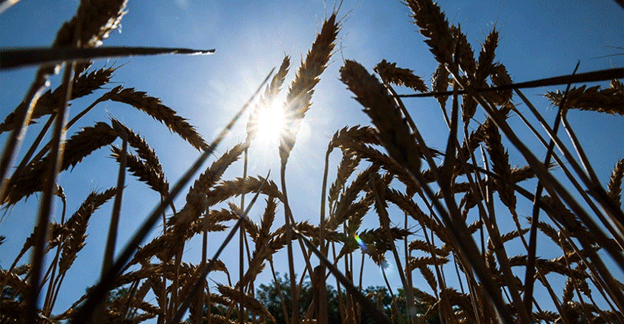Global wheat reserves are at their lowest in nearly a decade, exacerbated by adverse weather in critical growing regions. According to Reuters, analysts and market watchers report increasingly tense conditions that are likely to worsen in the coming months. The U.S. Department of Agriculture (USDA) predicts that global wheat stocks will dip to 257.22 million tonnes for the 2024/25 agricultural year, the smallest supply cushion since 2015. Despite expected record production of 796.88 million tonnes, consumption and logistical setbacks are keeping supplies tight.
Analysts expect the USDA to further cut its stock forecast to 256.14 million tonnes, reinforcing concerns over the market’s vulnerability to supply shocks. Prices have reacted accordingly: Black Sea wheat prices in Southeast Asia have climbed from $265 per tonne to $280 per tonne (including cost and freight) within just a month.
Weather Wreaking Havoc on Wheat Yields
The harsh climate has been a significant factor behind these trends. Australia and Canada, two major wheat-exporting nations, have reported severe weather disruptions, including droughts and unpredictable precipitation patterns, which have curtailed yields. In Russia, prolonged dry conditions are prompting farmers to sow winter crops “almost into sand,” according to Agriculture Minister Oksana Lut. Russia anticipates a total grain harvest of 132 million tonnes, including 84 million tonnes of wheat—a crucial figure that will influence global trade balances.
Farmer Strategies Amidst Volatile Markets
With prices on the rise, farmers in top-exporting regions, including Australia and Canada, are opting to hold onto their stocks in anticipation of even higher future returns. This behavior adds further stress to the market, making it challenging for grain traders to fulfill their contracts with milling companies. Terry Reilly, a senior agriculture market strategist at Marex, emphasizes the significant potential for continued price increases as supply constraints deepen.
Additionally, grain traders in Asia are feeling the pinch. A Singapore-based trader highlighted that the hesitancy of farmers to sell has become a considerable hurdle, complicating efforts to meet obligations to flour mills. This withholding pattern creates a bottleneck effect that can further elevate prices and destabilize supply chains.
The convergence of severe weather, reduced stockpiles, and strategic holding by farmers paints a troubling picture for the global wheat market. With reserves dwindling and consumption pressures persisting, stakeholders across the agricultural spectrum must prepare for heightened market volatility. Innovative approaches to crop management and forward-looking trade strategies may become essential for navigating this challenging landscape.
Error




